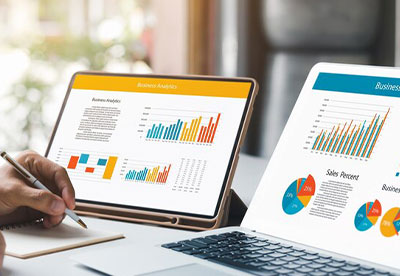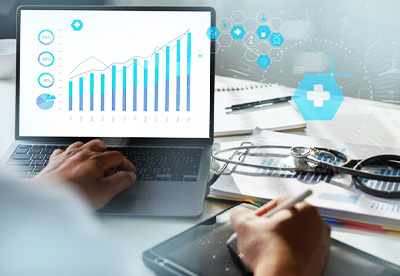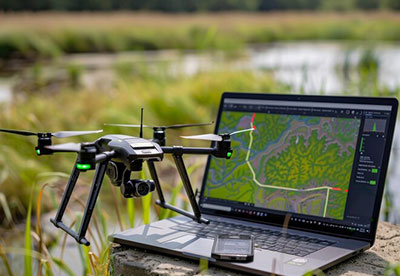Data visualization is a critical tool for understanding and communicating complex data. It involves the representation of data in a graphical or pictorial format, allowing users to quickly identify patterns, trends, and insights that would be difficult to discern from raw data. Understanding the benefits and best practices of data visualization is essential for individuals and organizations looking to make sense of their data and make more informed decisions.
Data Visualization Best Practices Include
- Selecting the appropriate chart or graph type for the data being presented.
- Using clear and consistent labeling and design.
- Using relevant scales
By following these best practices, individuals and organizations can ensure that their data visualizations are clear, accurate, and effective.
Benefits of Using Data Visualization Techniques
Improved Data Understanding
One of the primary benefits of data visualization is that it allows individuals and organizations to better understand their data. Visualizing data in a graphical or pictorial format makes it much easier to identify patterns, trends, and outliers that might otherwise go unnoticed. This improved understanding can lead to more informed decisions and more effective strategies. For example, a business can use data visualization to identify which products are doing good and which are not, allowing them to make informed decisions about inventory and marketing.
Increased Efficiency
Data visualization can save time and effort compared to manually analyzing raw data. By visualizing data, users can quickly identify relevant information and make decisions based on that information. For example, a financial analyst can use data visualization to quickly identify trends in stock prices, allowing them to make more efficient and effective trades. Additionally, data visualization can automate identifying patterns and trends, which would take a lot of time and effort if done manually.
Enhanced Communication
Data visualization is an effective way to communicate complex information to a broad audience. It allows users to share insights and information clearly and concisely. For example, scientists can use data visualization to communicate their research findings to other scientists or the general public. Additionally, data visualization can help to simplify complex data, making it more accessible and understandable to a broader audience.
Increased Engagement
Data visualization can be used to engage and educate audiences in ways that raw data cannot. It can be used to create interactive and engaging presentations, dashboards, and reports. For example, interactive data visualization can be used to educate students about a particular topic more engagingly than a traditional lecture or textbook. Additionally, data visualization can also be used to create interactive dashboards and reports to monitor and analyze data in real-time.
Better Decision-making
Data visualization can help users make more informed decisions by giving them a clear picture of the data. Data visualization can lead to more accurate predictions and more effective strategies by identifying patterns and trends that might otherwise go unnoticed. For example, a healthcare organization can use data visualization to identify patterns in patient data to improve patient outcomes and reduce costs. Additionally, data visualization can also be used to monitor and analyze data in real-time, allowing organizations to respond quickly to changes and make more informed decisions.
Identifying Correlations
Data visualization can help users to identify correlations between different variables. By visualizing data in a graphical format, users can quickly see how different variables are related, which can help identify patterns or cause-and-effect relationships.
Supporting Communication Across Different Levels
Data visualization can be used to communicate information to different levels of an organization. It can be used to communicate complex information to executives and managers and to communicate more detailed information to analysts and other experts. This can help to ensure that everyone in the organization has access to the information they need.
Facilitating Collaboration
Data visualization can facilitate collaboration between different teams and individuals by providing a common visual language and a shared understanding of the data. Visualizing data clearly and consistently makes it easier for other teams to work together, share information, and collaborate on projects. This can lead to more effective teamwork and better results.
3 mins read


















